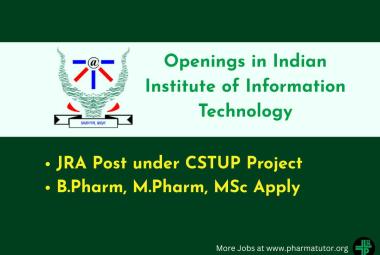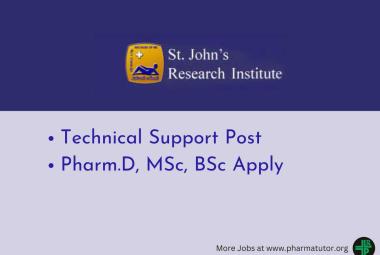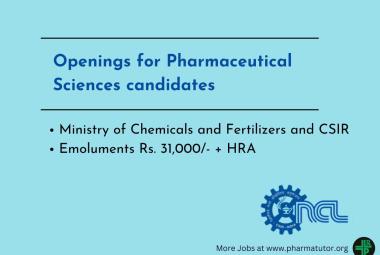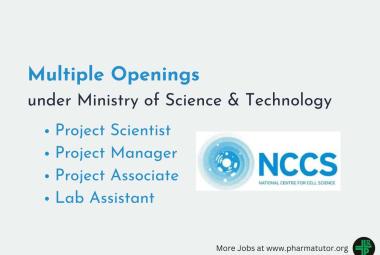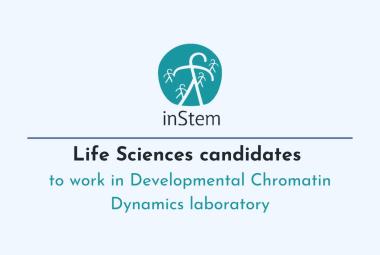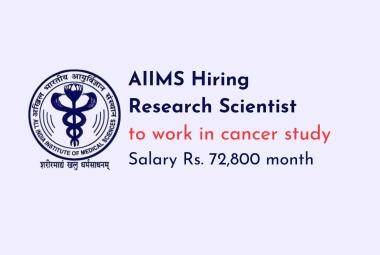A REVIEW ON ANALYTICAL METHODS FOR ESTIMATION OF ASPIRIN, CLOPIDOGREL BISULPHATEAND ROSUVASTATIN CALCIUMIN PHARMACEUTICAL DOSAGE FORM
{ DOWNLOAD AS PDF }
ABOUT AUTHORS
1Jyoti Yadav , 2Amit Sharma*
1Maharishi Dayanad University Rohatak
2 NIMS University, Jaipur
*amitsharma84945@gmail.com
ABSTRACT
This review article is intended to highlight the analytical methods of aspirin, clopidogrel and rosuvastatin in individual as well as combined pharmaceutical dosage form. Aspirin, clopidogrel and rosuvastatin play an important role in the various cardiovascular diseases. Aspirin and clopidogrel are the antiplatelet whereas Rosuvastatin is antilipemic agent which are used in the treatment of various cardiovascular diseases, cerebrovascular and peripheral vascular diseases. Now these days these drugs are easily available in the market in their individual form as well as in their combined dosage form. Aspirin, clopidogrel and rosuvastatin are official in the pharmacopoeias .Various analytical methods have been reported for the estimation of these drugs in their individual form as well as in their combined dosage form.



 ABOUT AU
ABOUT AU ABOUT AU
ABOUT AU ABOUT AU
ABOUT AU
 About Authors:
About Authors:
 ABOUT AUHTORS
ABOUT AUHTORS